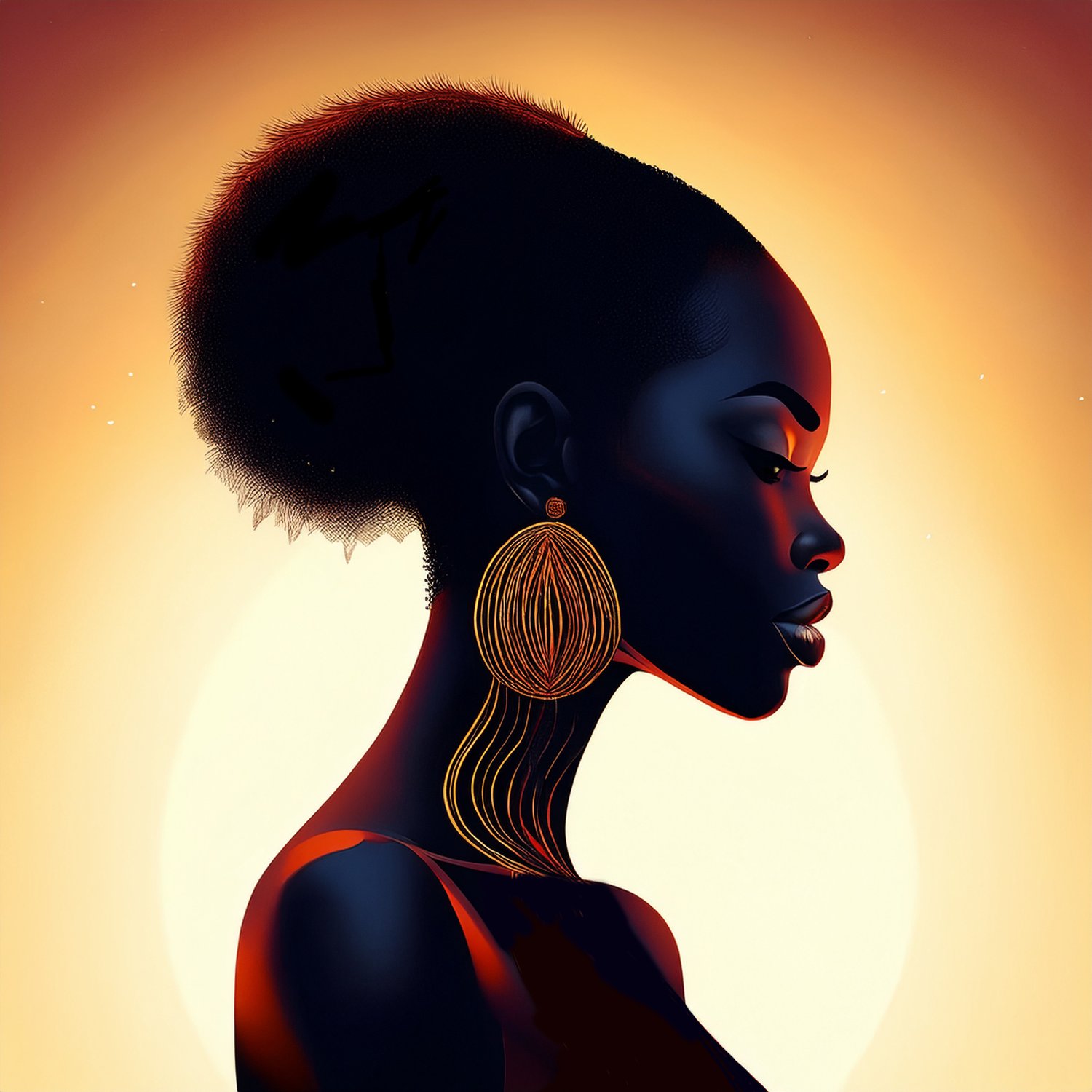Trends that Promote Colorism and Racism
1. “Pop the Balloon” Challenges
What we already discussed: Imagine lining up holding a red balloon in front of someone who could pop it because you have something they don’t like.
But what happens when:
Dark skin gets popped first?
Afro hair gets popped next?
Full lips, broad noses, or heavier body types get popped like they’re not people?
That’s not just a game. That’s internalized racism and colorism going viral.
2. “Smash or Pass” Videos
These trends should come with a trigger warning.
Too often, dark-skinned Black girls are:
Picked apart like objects
Called insults to their faces
Laughed at in the comments just for existing in their skin
Meanwhile, lighter-skinned or racially ambiguous girls get chosen and praised.
I know y’all have been watching a video and seeing a girl that looks just like you be picked apart, it’s disgusting.
Public rejection isn't just awkward—it's traumatizing.
3. Beauty Filters
AI filters or glow-up trends often make people appear:
Lighter-skinned
With smaller noses and looser curls
More “Eurocentric”
The fact that people see the filtered version and say “that’s better” reveals how deeply embedded colorism is.
When the algorithm decides lighter = prettier, it’s a digital erasure.
And let’s be honest, I look bad in most beauty filters. Why? Because THEY AREN’T MADE FOR ME.
4. Appropriation Without Representation
Black culture creates the trends:
Fashion
Beauty
Dance challenges
Slang
But when it’s time for a brand deal, shoutout, or viral credit, Black creators, especially dark-skinned women, are left out.
Everyone loves to use our culture until they have to give credit.
Conclusion:
When a trend:
Devalues dark skin
Mocks Black features
Makes Black identity a joke
Uplifts everyone but us
…it’s not a trend. It’s a microaggression shared with the whole world.
If you disagree, think I‘m crazy and overthinking it, etc. Let me know in the comments. Tell me your experience and what we can do to change our digital narrative.
